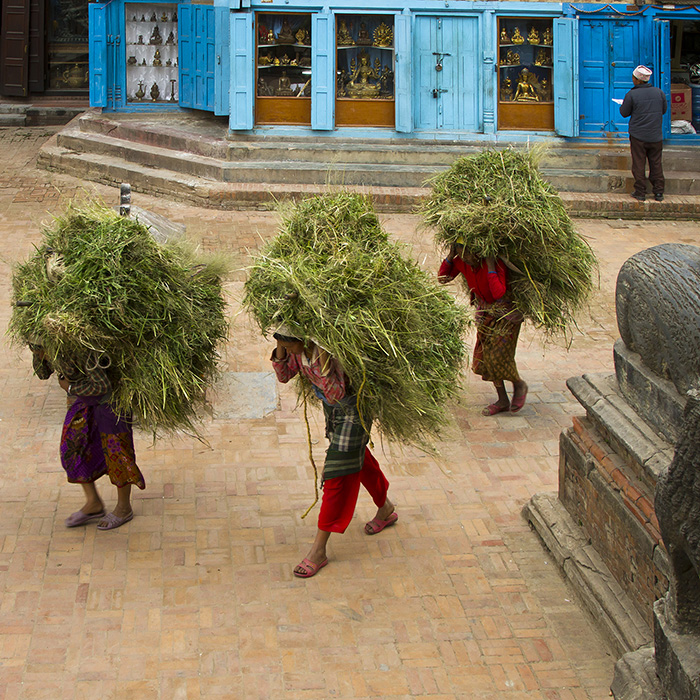Kathmandu, Nepal
With a population of one-and-a-half million people, Kathmandu – the capital city of Nepal – is a lively, exciting, and vibrant place. As the arrival-point for those entering Nepal, it can be a little overwhelming at first: sights, sounds and colours in abundance are a stark contrast to pretty much anywhere you care to name.

There are two relatively distinct areas of Kathmandu: Thamel, which is the centre of tourist activity (its narrow street flanked by temples and packed with human and animal life of every sort), and Patan – a much less busy and better-preserved area of some significant historical and architectural interest.
The city-dwellers have not allowed the damage caused by 2015’s 7.8 magnitude earthquake to hold them back: as the Lonely Planet puts it – ‘the soul of the city endures.’ To describe a metropolis such as Kathmandu as a ‘melting pot’ might now be clichéd, but in this case it is entirely accurate: influences of Buddhism and Hinduism are obvious, whilst the city’s positioning on an ancient trade-route between India and Tibet has resulted in a fusion of artistic, architectural and cultural styles ensuring that Kathmandu is a city like no other.
Durbar Square (in fact a generic name for any square in Nepal upon which royal palaces are built) is one of the most famous areas of Kathmandu, and a UNESCO World Heritage Site. Despite the earthquake, it is still possible to view and visit many of the temples and palaces, including the Hanuman Dhoka Palace Complex, the Royal residence until the 19th-century. Also on the Durbar Square is the gilded cage from which the ‘Royal Kumari’ – a young girl worshipped as a ‘living goddess’ – grants audiences which are closely scrutinised for signs of future good – or bad – fortune. To the south of Durbar Square is ‘Old Freak Street’ – an area the heyday of which was in the 1960s and 70s, when it was the epicentre of the so-called ‘Hippie Trail’, mainly thanks to the presence of government-licensed cannabis shops. Following a crackdown in the late 1970s by the Nepali Government, the sale and production of cannabis and hashish was prohibited, strict dress-codes were introduced, and hippies frequenting Freak Street were rounded-up and deported to India, thus sounding the death-knell for Freak Street as a hippie enclave. There is still some residual appeal to those for whom Freak Street was a regular haunt in the 60s/70s, or for whom it was a mythical destination – but it is now much more concerned with more ‘conventional’ tourist pursuits.

With the trappings of modernity in an international city rubbing shoulders with 18th-century sculptures and buildings, Kathmandu – described by the Nepali tourist board as a ‘living museum’ – is well worth exploring before venturing further afield.

